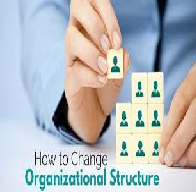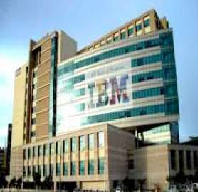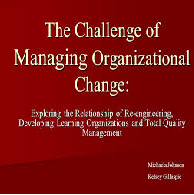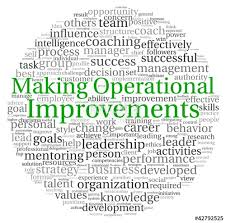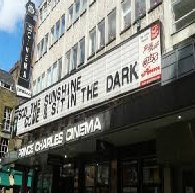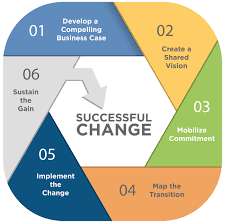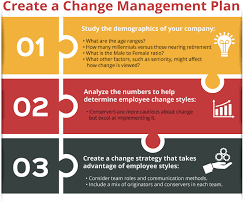
Implementing the change management plan
Order Instructions:
Implementing the change management plan
The pattern of change most frequently encountered in an organisational setting is one in which change is organic, progressive and largely imperceptible; although this default position is infrequently interrupted by single-event instances of extreme and disruptive change. This pattern of change generates a complex framework of demands to be made on those entrusted with guiding the organisation towards its desired future, and those demands are most effectively met by the application of strategic leadership principles.
This week’s Key Concept Exercise requires you to apply the theoretical concepts studied to date to the case study situation contained in the article by Abdullah and Siti-Nabiha (2012). In this context, you will review the situation at Pemancar as it would have appeared to Danial Tareq when he took over his new role, and then present a range of ideas on the best process to use in implementing the required change.
To prepare for this Key Concept Exercise:
• Read the Required Learning Resources sent by mail.
• Reflect on the ideas presented in the Week 5 Key Concept Overview and the assigned journal articles, in the light of your own practical experiences in the workplace.
• Read the Pemancar case study, as presented in the article by Abdullah & Siti-Nabiha, and prepare a report that addresses the following requirements:
• Examine the application of the theory of punctuated equilibrium to an assessment of the current situation at Pemancar.
• Analyse the change environment existing at Pemancar in terms of the parameters suggested by Nasim and Sushil.
• Identify the most likely problems or conflicts that Danial Tareq may face in implementing his change initiative. Each of those problems or conflicts should be classified as pluralities, contradictions or paradoxes, and their potential impact on the change management process should be assessed.
•Evaluate the degree to which Danial’s leadership will influence the effectiveness of the change management process.
When writing your responses, you should synthesise the theory with real world experience and use examples of the theories in action in a real organisation about which you have read, or one in which you have worked.
SAMPLE ANSWER
Odc Kce W5
Implementing the change management plan must require several significant processes that will promote to accept and adopt any attitudinal and behavioural adjustments. And the primary key to realising organisational success is determined by the strategic decisions of leaders. The number one priority of most managers should be to check the external and internal environments, understand and provide company resources, enhance capabilities, identify business threats and develop a vision that would create a positive future for the company. And according to Riwo-Abudho et al. (2012), in strategic leadership, managers must adapt “the art of strategic leadership since modern organisations work on in a dynamic setting which keeps on transforming.”
Addressing the case study of Pemancar (Abdullah and Siti-Nabiha 2012), the organisation had undergone a process of change implementation which is facing a sudden, drastic change. As an evident result, people who are most directly involved in the modification are starting to feel pressure; hence, these people are thinking of leaving the organisation. Looking into the way the organisation thinks and acts; the top management who is on a quest to improve the quality of performance had decided to establish organisation transformation. However, these implementations are often troubled with contradictions and paradox. Following the reviews of Nasim and Sushil (2011), the emergent of new approach had intensely shaken the structure. In their review, it is evident that the Revolutionary change had pushed the organisation into the struggle. The organisation was shaken and disrupted by intense and significant change after a long, punctuated state of continuous and large-scale strategic change.
Strategic Management Process
The role of the manager is to achieve competitiveness and to earn above average returns to the company with highly determined strategic decision concerning the wants and needs of the organisation within the given nature of the environment where it exists. Moreover, an effective change management process must require a combination of logical-rational approach to organisational strategy. Understanding Mr Adam’s standpoint in the case study; a faster and immediate approach towards change will put the members of the organisation in a state of pressure and stress. If Mr Tareq, on the other hand, will facilitate an incremental approach, it will contradict and negates the needs of the upper management. This contributing dilemma will result in entrapping the legitimate interest of the company. However, if there is an in-depth understanding of dualities, contradiction and paradox, it will help draw out a strategic management towards the case (Stoltzfus et al. 2011). Initiating the paradox of duality, interlinking the conflicting strategies of Incremental and Revolutionary change may respond into a seamless transition. For example, in the real world, every stable company must have change. The presence of bureaucratic features in a company has a positive effect on most large organisations in which it tries to maintain and control the benefits of bureaucracy and prevents the problem of slow response to rapid change.
In the case of Pemancar, the bureaucratic standpoint of upper management is envisioning a fast and significant impact on the company. Therefore, however contradicting it may show to those people who are directly involved in the organisation, in strategic leadership, the necessary attributes that a manager must follow within the existing environment – provide a visionary outlook to the employees that will encourage them to work hard. The setting of consistently high standards, provide a clear and concise communication on the vision of structural change. Building confidence with the employee’s works will establish a feeling of self-reward. Lastly, talk with other personnel about their struggles and difficulties and provide feedback to the upper management (2015 Laureate Education, Inc. 2015).
Conclusion
In addressing the case of Pemancar, it is evident that there is a need for revolutionary change. It may conflict with the interest of the members of the organisation but the change should be implemented because of the rapid increase of competitors within the industry. It is understandable that there are efforts in adapting rapid change as a strategic process for the benefit of the company. However, for the company to survive, adapting to change is a positive outlook for its future.
References
2015 Laureate Education, Inc. 2015, Implementing the Change Management Plan: KMGT 673 Organisational Design and Change. pp.2-3.
Abdullah, Z & Siti-Nabiha, A 2012, Leadership and Change Management: A Case Study of Pemancar. Asian Case Research Journal, 16(01), pp.115-132.
Nasim, S & Sushil 2011, Revisiting Organizational Change: Exploring the Paradox of Managing Continuity and Change. Journal of Change Management, 11(2), pp.185-206.
Riwo-Abudho, M Njanja, L & Ochieng, I 2012, The Role of Strategic Leadership during Change. 4(1), pp.49-53.
Stoltzfus, K Stohl, C & Seibold, D 2011, Managing organisational change: paradoxical problems, solutions, and consequences. Journal of OrgChange Mgmt, 24(3), pp.349-367.
We can write this or a similar paper for you! Simply fill the order form!





